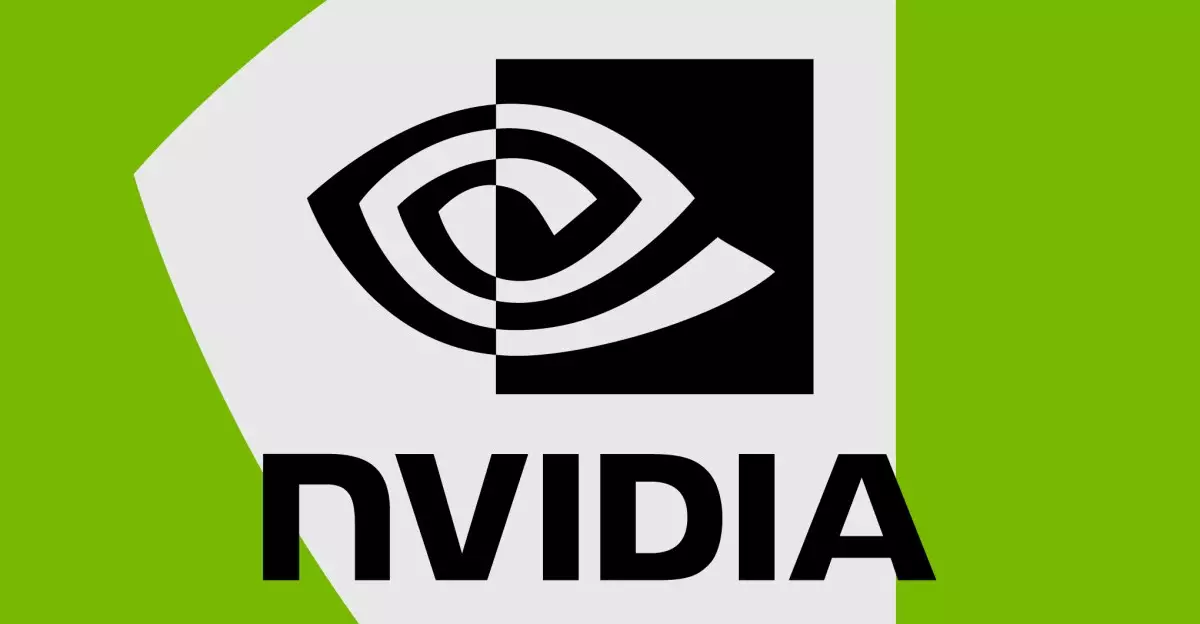Over the past few months, Nvidia GPU users have found themselves caught in a turbulent storm of driver issues that has left many questioning the reliability of their once-trusted graphics hardware. The trouble began with the introduction of the latest RTX 50-series drivers, which were meant to elevate the gaming experience but instead ushered in a slew of unsettling problems. Not a few black screen incidents, data destruction, or game crashes were reported, but a comprehensive deterioration of stability that has become hard to ignore. This debacle raises crucial questions: What went wrong? How can a company with such a storied history in GPU excellence fall so precipitously?
Nvidia’s struggles were compounded when they attempted to rectify these issues with a series of hotfixes that turned out to be more like Band-Aids than solutions. Reports flooded in from frustrated users, many flocking to Reddit and Nvidia forums to express their grievances while sharing tales of failed fixes and the desperate measures they’ve taken to mitigate the damage, such as rolling back to the relatively stable December driver version, 566.36. However, those who were lucky enough to purchase the new RTX 50-series were left stranded, as the older drivers do not support their new hardware, thereby deepening their frustrations.
The Hotfix Conundrum
In a bid to resolve issues, Nvidia rolled out the 576.02 driver release, which was touted as a comprehensive answer to recent woes. However, this update introduced an entirely new set of problems, including erratic performance from GPU monitoring tools such as Afterburner, igniting further discontent in the community. Not content with the disruption caused by its problematic driver, Nvidia once again scrambled to deploy a hotfix driver—576.15—intended to tackle some nagging GPU clock speed issues and flickering in various games. While these fixes were a step in the right direction, they were lukewarm at best, as gamers continued to grumble about crashes, performance drops, and stuttering issues during gameplay, especially with technologies such as G-Sync still failing to function correctly.
Bloomberg reports have highlighted that Nvidia is currently keeping track of at least 15 unresolved issues associated with the 576.02 driver. Can any company pride itself on releasing a product so rife with problems and follow it up with hotfixes that barely scrape the surface of these issues? The sheer volume of hotfix releases—four in just a couple of months—is startling for a company renowned for its stable drivers and robust performance, especially in contrast to its competitors, AMD and Intel.
The Ripple Effects of Poor Release Management
This situation is not just an isolated incident; the ripple effects extend throughout the entire Nvidia landscape. The shockwaves from the troubled launch of the RTX 50-series cards have many scratching their heads, particularly when considering the notable incidents where power cables melted and the admission of “rare” manufacturing faults involving missing render units. Such missteps tarnish Nvidia’s well-established reputation, leaving a bitter aftertaste for consumers who expect the highest standards from one of the leading GPU manufacturers in the market.
Moreover, the supply chain woes have complicated the accessibility of these new graphics cards further. Many eager PC gamers seeking an upgrade have been left out of the loop as stock levels at retail prices remain abysmally low. In an increasingly competitive market, Nvidia’s inability to meet demand while simultaneously addressing quality control tarnishes its standing, creating a bitter rivalry with AMD and Intel, who may be eyeing the opportunity to take advantage of Nvidia’s blunders.
Community Frustration and Trust Erosion
The ongoing issues have led to an erosion of trust among Nvidia enthusiasts, many of whom have invested substantial amounts in their setups anticipating seamless performance. The insistent need for updates, hotfixes, and the ongoing chatter surrounding the instability of the flagship graphics cards signals a significant misalignment between user expectations and Nvidia’s delivery. What was once considered the gold standard in GPU technology seems to be faltering under the weight of its own ambitions.
Consumers find themselves at a crossroads; caught between their loyalty to a brand, the anticipation of superior performance, and the disillusionment of experiencing a cascade of technical issues. The company’s future innovation must be executed with precision and devoid of past mistakes to reclaim the ever-fleeting trust of its devoted gaming community.

